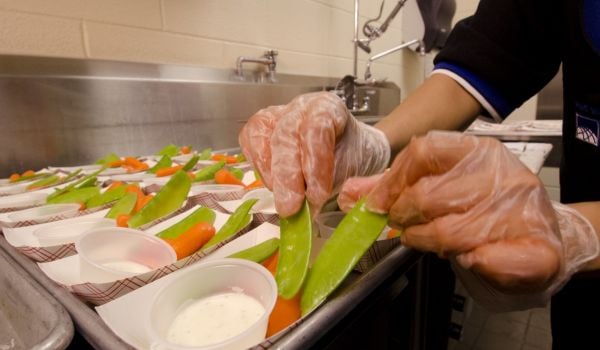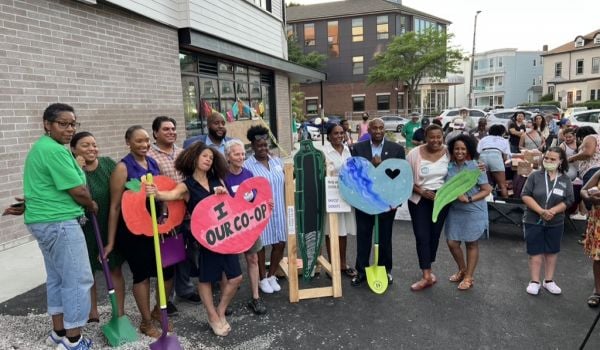Darian Setterington, a mother of three in Ontario, Canada, used to spend $620 on her family’s grocery bill every month. Then, just before the pandemic hit, she heard of a smartphone app that would offer her discounts on local grocery items headed for the landfill.
“With prices going up and with my family of growing kids, it came at the right time,” she says. Since she began using the app, called Flashfood, Setterington says her household’s grocery bill has been cut in half.
Flashfood is one of a slew of apps, including Too Good to Go, Food For All, Karma and Olio, that allow users to access surplus food from nearby restaurants or grocery stores at a discount, tackling food waste while reducing their own spending. Flashfood works by alerting users to food at grocery stores that would otherwise end up in the trash. Grocery and restaurant staff snap a photo of food that’s close to its best-before date, offering it at a steep discount (at least 50% off), and alerting app users via notifications of the items that’s up for grabs. The company, which has partnered with major grocers including Meijer and Stop & Shop, says regular users save an average of $96 per month on grocery bills.
Such apps have soared in popularity thanks to consumer hunger to save on their grocery bills during one of the highest inflationary periods in U.S. history: Inflation skyrocketed to a 9.1% pace in the year through June, marking the fastest price growth since 1981. And since last June, consumers have been hit hard by the rising costs of staples such as milk (16%), butter (26%) and eggs (33%).
With more than 700,000 active users, Flashfood has been scaling quicker since inflation has risen dramatically in 2022, says founder and CEO Josh Domingues. “Also, the biggest change we’ve seen recently is that app users are making longer trips to grocers that offer discounts, and they end up visiting more than one location in a day,” he says.
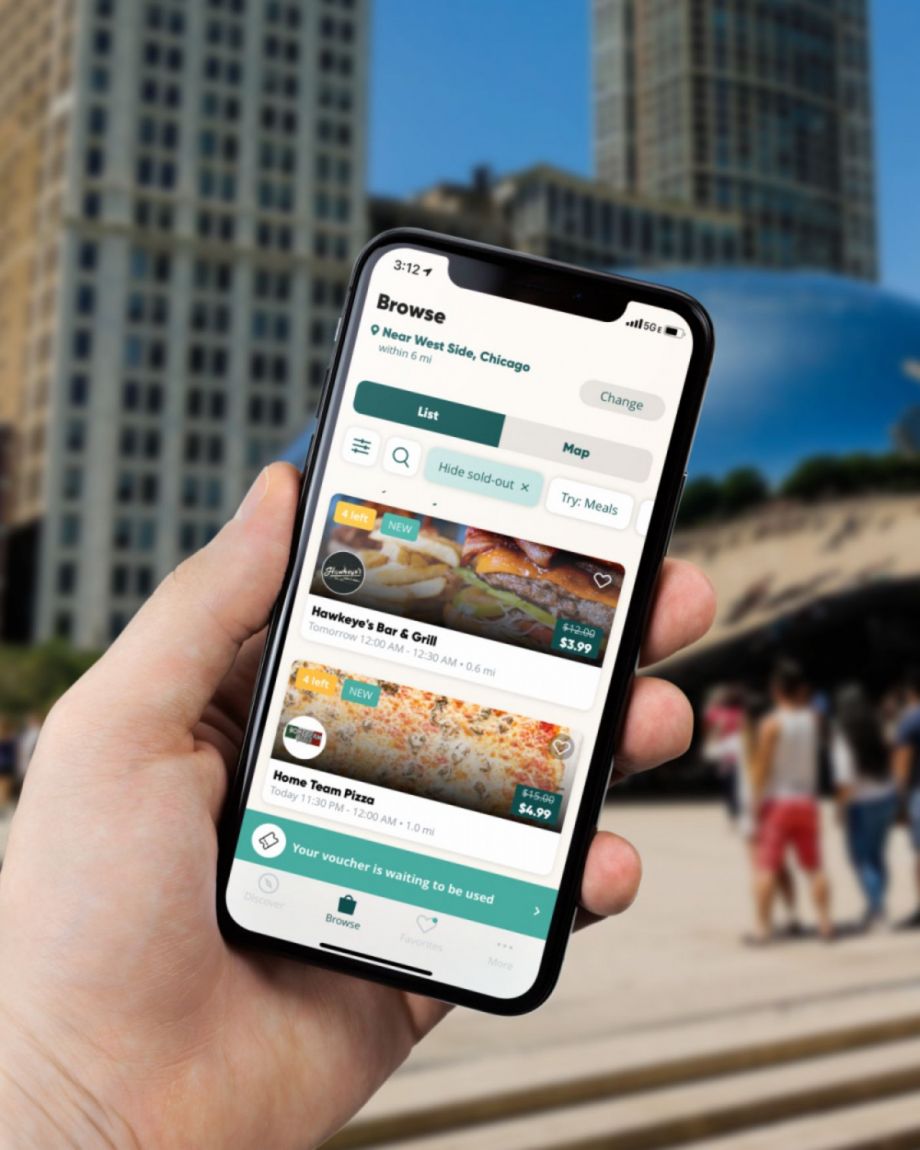
(Photo courtesy of Too Good to Go)
Setterington’s excitement is clear over the phone as she shares how she bought lobster tails for $1.50 each, while they usually retail for $5.50. She often buys products, such as roasts and steaks, that come close to the best-before date but she freezes what she can’t cook during the week. Her first-ever purchase: Whole wheat bread for 50 cents. She bought 10 loaves.
A similar app, Too Good to Go, adds restaurants and cafes to the list of stores available to users who buy food that is close to its best-before date, and its growth has also exceeded expectations in 2022. Before this year, the app had saved 1.3 million meals from heading to landfills since it launched in 2020, and in 2022 it has already saved 1.3 million meals within seven months, says Allie Denburg, U.S. Head of Strategy and Planning at Too Good to Go.
After users get “surprise bags” filled with hand-picked discounted items from the selected store, they often share pictures of their hauls on Facebook Groups, or reveal how much they’ve saved on their food bills, Denburg says. In a group for U.K. users of the app, one woman praised her haul of produce that covered an entire kitchen table: “I thought this amount of food was amazing for £3.09. I’m in total shock.”
The founders of these apps stress their contributions to help staving off the growing problem of food waste. Since its launch in 2016, Flashfood says it has diverted more than 45 million pounds of food waste from heading to landfills.
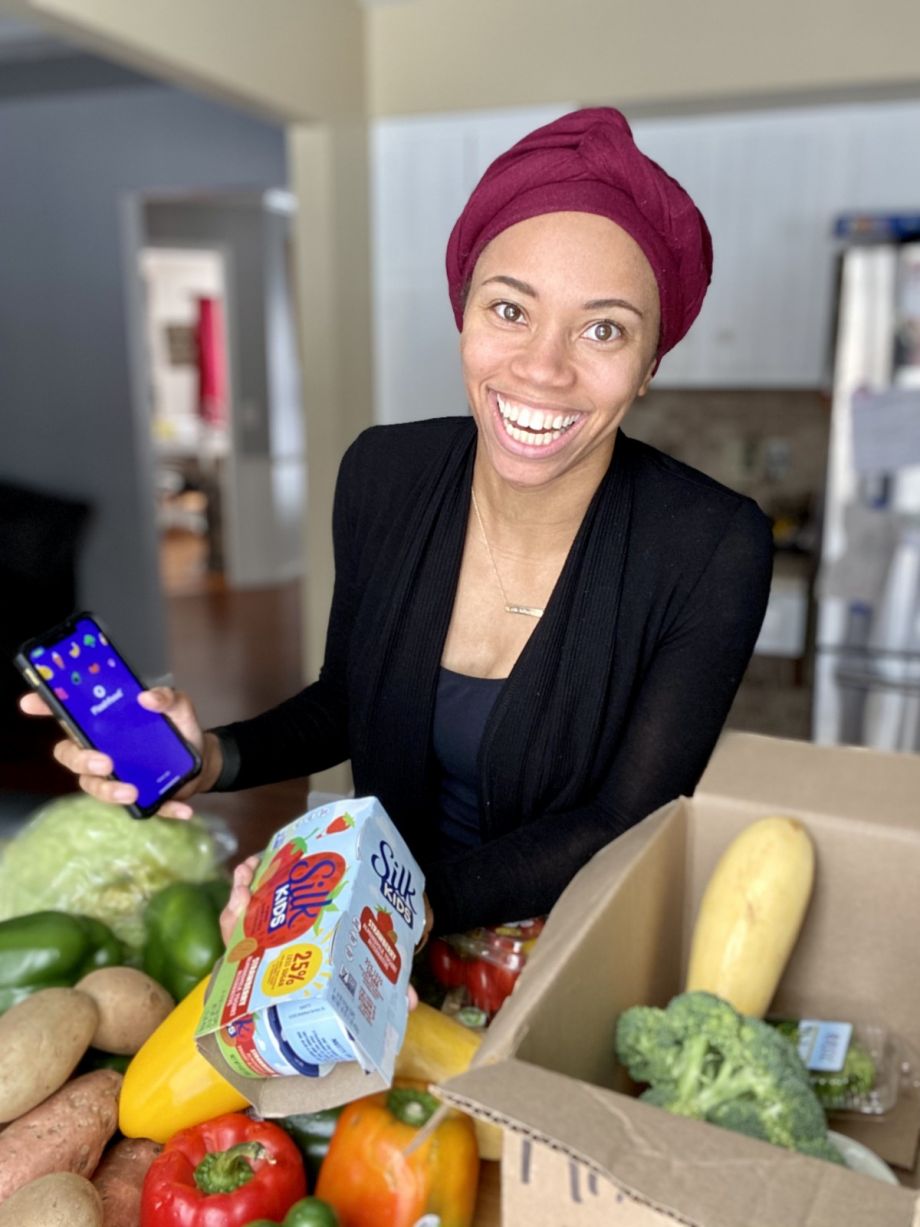
(Photo courtesy of Flashfood)
For Setterington, that civic cause encourages her to keep using the app to feed her family, as well. “We have a 40-acre farm and we always believe that every food has a purpose, whether for our family or as feed for our animals,” she says, adding how she’s used the app to purchase near-expired produce, such as lettuce, to feed to her chickens and goats.
Agricultural economist Linlin Fan estimates that the average American household wastes 32% of purchased food, causing $240 billion in economic losses every year. Fan, an assistant professor of agricultural economics at Penn State, therefore sees value in these types of apps.
“It can be a win-win because these apps address market efficiencies,” she says. “Restaurants, grocers and the market are seeking to reduce food waste, and it can be challenging for them to donate near-expired food to charitable organizations…and consumers get a discount on usable food.”
But she also recognizes the limits on how popular these food waste apps can become. “It’s clear these users are on a budget and don’t have many dietary restrictions, and that isn’t a broad customer population in the U.S. Also, eaters with a specific preference for certain types of food won’t find these apps very appealing.”
Individual efforts can only go so far, says Tammara Soma, research director at the Food Systems Lab at Simon Fraser University. Beyond the well-documented app fatigue that will curb user enthusiasm after a few months, what these apps accomplish isn’t addressing the wider systemic issue of food waste, she notes.
“We have a complex food supply chain that doesn’t reflect the seasonality of certain produce, whereby strawberries can be flown into the U.S. when they aren’t in season and can go bad very quickly,” Soma says. “Then there’s the issue of aesthetics, where ugly and bruised fruit, that is still fine to eat, is thrown out by grocers and restaurants because they aren’t pleasing to the eye.”
She also adds that the way the average supermarket is designed reflects the over-consumption era we’re neck-deep in today. “There are marketing nudges throughout the store that urge us to buy more than we need, which is another factor contributing to our massive food waste problem,” Soma says.
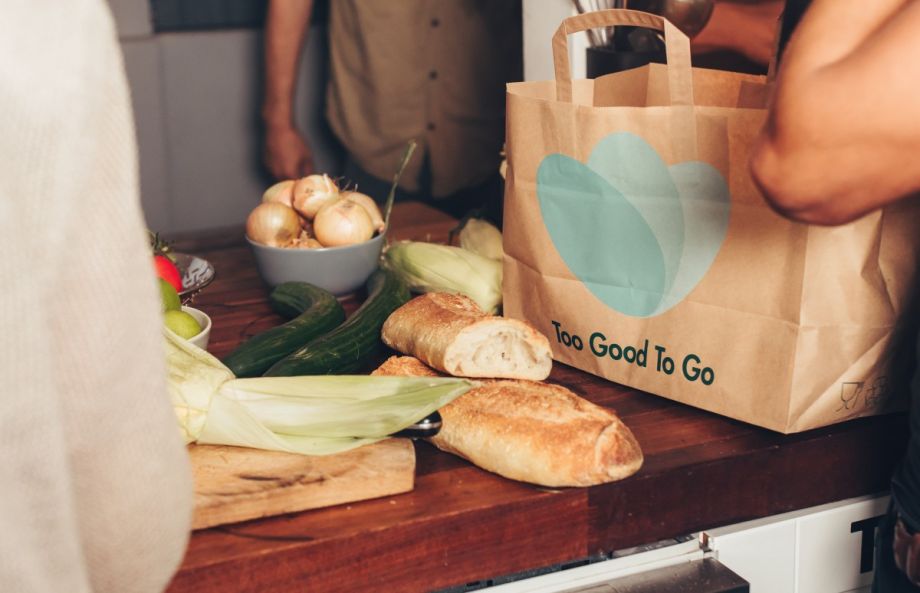
(Photo courtesy of Too Good to Go)
Flashfood’s posts may only offer a handful of items at discount, such as beef jerky from your local grocer. With Too Good to Go, consumers don’t know what is in each bag, which can disappoint eaters with dietary restrictions who might not want, say, spicy food or carb-heavy items.
Then there’s the issue of consumer education about the safety of consuming the kind of food on sale through Flashfood and Too Good to Go. It’s an ongoing challenge, especially when many consumers may not be aware of how food is still edible when they’re close to or at their best-before date.
For families like Setterington’s, though, these apps act a balm against a stormy period where food costs soar to rates that many families find unmanageable. They may not completely solve that wallet burn. But with the USDA now once again raising its consumer grocery price forecast to a 10-11% rise in prices, at least they can alleviate some of the pressure that doesn’t seem to be easing anytime soon.
David Silverberg is a freelance journalist in Toronto.
.(JavaScript must be enabled to view this email address)

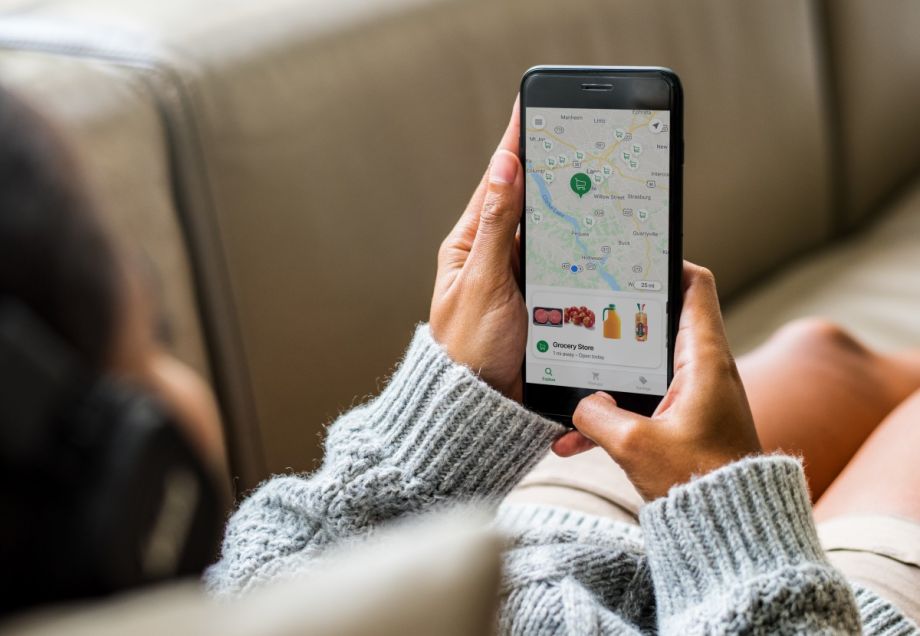

_600_350_80_s_c1.jpg)



